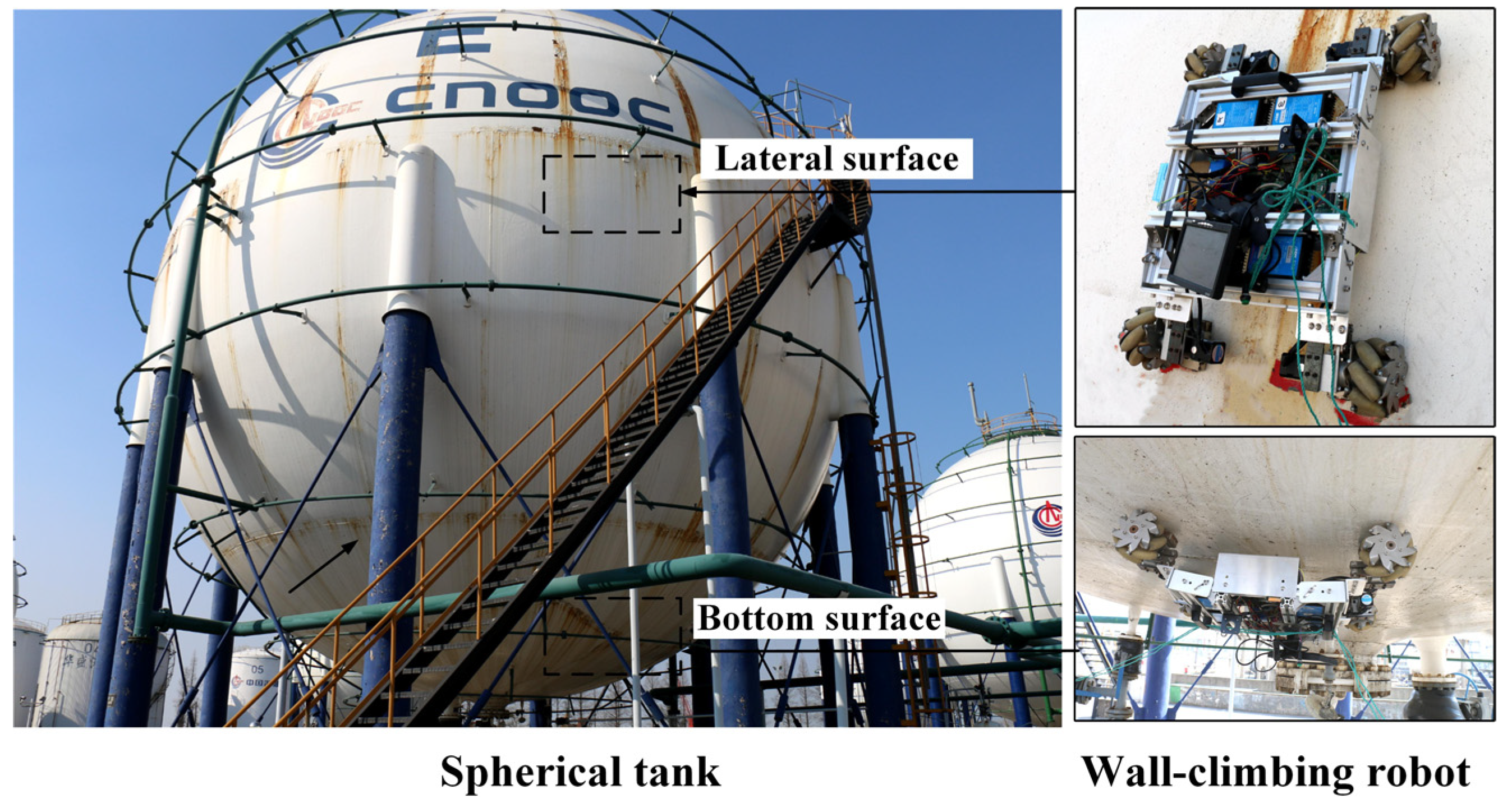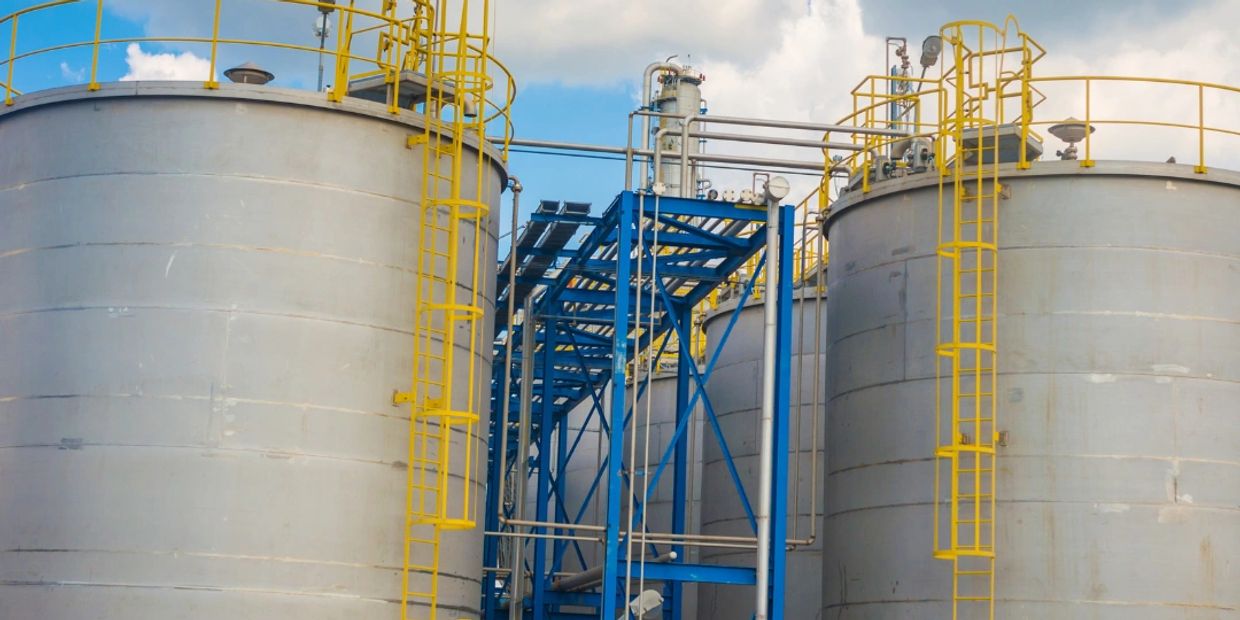What to Expect During a Thorough Tank Welding Inspection
Wiki Article
Comprehensive Guide to Effective Tank Welding Inspection Techniques and Ideal Practices for High Quality Assurance
In the world of tank welding, extensive assessment techniques are paramount for securing structural integrity and making sure conformity with market laws. As we explore these vital components, it comes to be clear that a positive examination approach is not simply helpful, however vital for operational success in environments dealing with hazardous products.Relevance of Container Welding Assessment

Container welding assessment functions as a preventative action, identifying prospective issues such as fractures, porosity, or incorrect joint infiltration prior to they intensify into serious problems. Normal inspections not just follow market laws and criteria yet additionally enhance the long life of the tanks, reducing the demand for expensive repair services or substitutes.

Visual Evaluation Methods
Utilizing organized visual inspection methods is vital for analyzing the quality and integrity of welded joints in containers. This approach offers as the initial line of defense in recognizing possible defects such as splits, damages, and not enough penetration. The examiner needs to come close to the task with an eager eye, making use of appropriate devices like amplifying glasses, flashlights, and mirrors to enhance visibility.During the inspection procedure, the examiner ought to assess the weld profile, guaranteeing it complies with defined requirements and standards (Tank Welding Inspection). This includes taking a look at the bead width, elevation, and blend with the base material. Examiners must additionally pay very close attention to the bordering locations for indications of thermal distortion or contamination that might impact the weld's efficiency
Documents of findings is necessary; examiners need to tape-record any type of anomalies, classifying them by intensity for more analysis. This methodical strategy not only help in instant flaw recognition however also adds to long-term quality control by making certain conformity with sector standards. Normal training and calibration of visual assessment strategies further improve the dependability of analyses, ultimately bring about safer and extra resilient container structures.
Non-Destructive Examining Techniques
Non-destructive screening (NDT) techniques are regularly utilized in container welding evaluations to assess the honesty of welded joints without endangering their structural honesty. These techniques are crucial for identifying problems such as splits, voids, and additions that could result in tragic failures if left unseen.Common NDT techniques consist of ultrasonic screening (UT), which uses high-frequency audio waves to detect interior problems; radiographic screening (RT), using X-rays or gamma rays to envision weld structures; and magnetic bit testing (MT), which exposes surface and near-surface suspensions in ferromagnetic materials (Tank Welding Inspection). Fluid penetrant screening (PT) is additionally extensively used, with the ability of finding surface-breaking issues by applying a fluorescent or color comparison dye
Each NDT approach has its specific applications and benefits, making it vital for assessors to select the suitable method based upon the product and the type of weld being assessed. The combination of these NDT techniques right into the assessment procedure improves the general quality control structure, making sure that bonded containers fulfill safety and security and efficiency criteria. Inevitably, NDT plays an essential role in maintaining the integrity and longevity of tank structures in various commercial applications.

Documents and Coverage
Ensuring comprehensive paperwork and coverage throughout tank welding examinations is Recommended Site critical for maintaining compliance with sector criteria and facilitating effective communication amongst stakeholders. Correct documents functions as a thorough document of assessment tasks, findings, and any type of restorative actions taken throughout the welding process. This details is crucial not only for quality guarantee yet additionally for audits and governing reviews.
A well-structured examination record ought to include information such as the day of evaluation, names of inspectors, welding treatments used, materials used, and any kind of variances from established standards. In addition, photos and diagrams can improve the clearness of the record, supplying visual context to the searchings for. It is additionally essential to record any type of non-conformities along with their resolution, ensuring that all stakeholders are notified of potential threats and the steps required to reduce them.
Additionally, keeping a central data source for all evaluation records enables for very easy access and testimonial, fostering a culture of transparency and liability. By prioritizing careful documents and coverage, companies can not only copyright quality control yet also reinforce their track record within the industry, inevitably leading to boosted safety and operational performance.
Continuous Improvement Practices
Continuous official website improvement practices are necessary for improving the top quality and performance of tank welding evaluations. Carrying out an organized strategy to assess and refine evaluation methods promotes a society of quality control within the company. One reliable approach entails normal training and upskilling of inspection personnel to stay abreast of the most recent welding technologies and criteria. This makes sure resource assessors possess the required understanding and abilities to recognize issues properly.
In addition, making use of data-driven evaluation allows companies to track inspection results, recognize fads, and identify areas for improvement. Using devices such as origin evaluation can assist in understanding the underlying issues causing problems, enabling targeted treatments. Furthermore, soliciting feedback from assessment teams and stakeholders creates a joint atmosphere that encourages cutting-edge options.
Integrating advanced innovations, such as automated examination systems and real-time tracking, can considerably boost the precision and speed of inspections. Normal audits of the examination procedures also contribute to a culture of responsibility and continual refinement. Inevitably, these continuous renovation methods not just elevate the top quality of tank welding assessments yet also add to total functional quality and consumer contentment.
Conclusion
In conclusion, effective storage tank welding inspection is critical for guaranteeing the structural integrity and safety of storage space systems, specifically those managing dangerous products. Using a mix of visual inspection methods and non-destructive screening approaches helps with the very early recognition of defects, consequently keeping compliance with industry requirements. In addition, durable documentation and a commitment to constant renovation enhance quality assurance methods. Inevitably, these measures contribute considerably to functional quality and the avoidance of possible safety threats.Report this wiki page